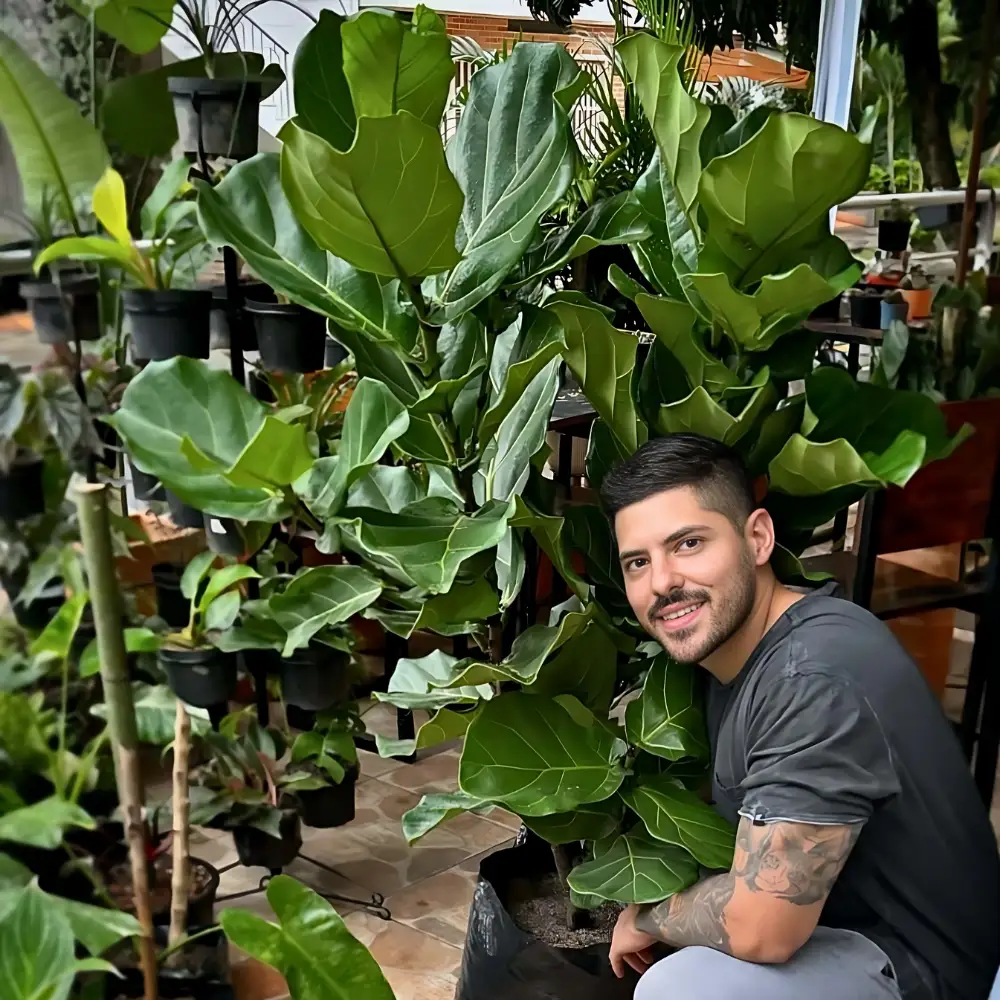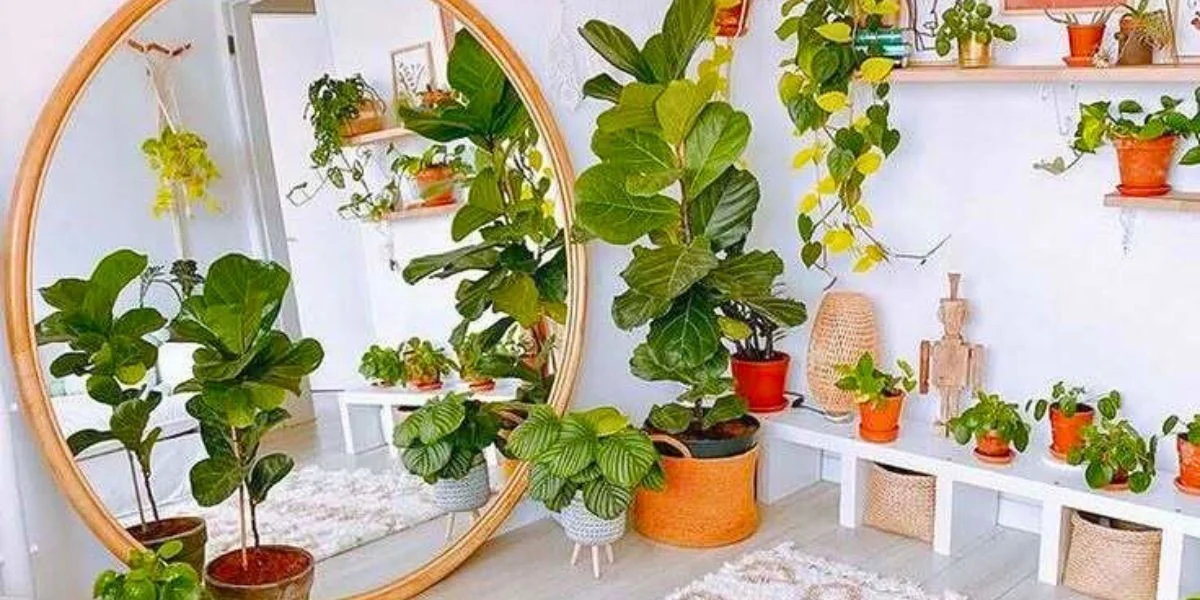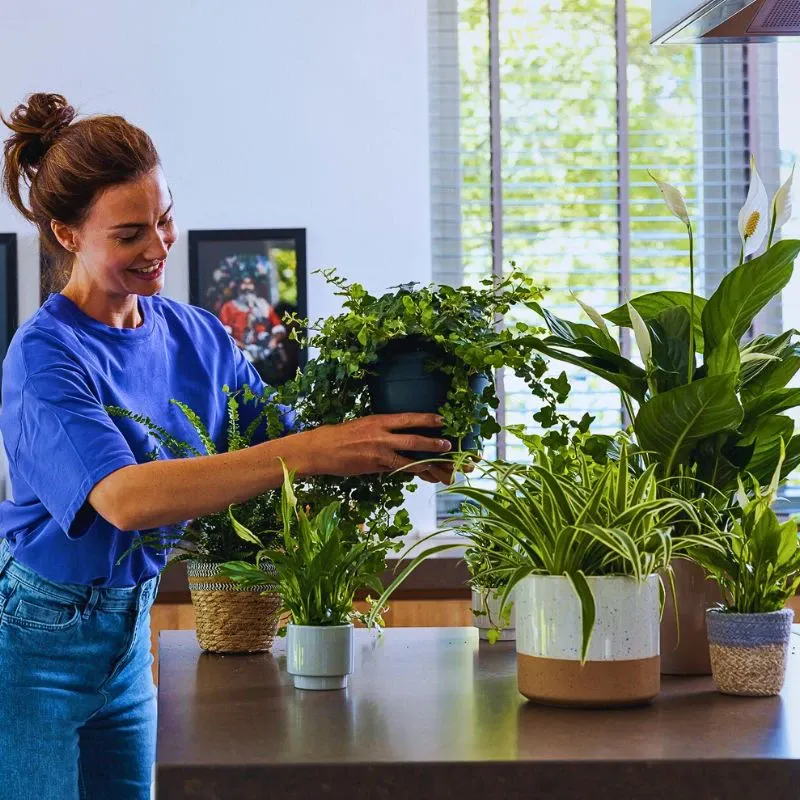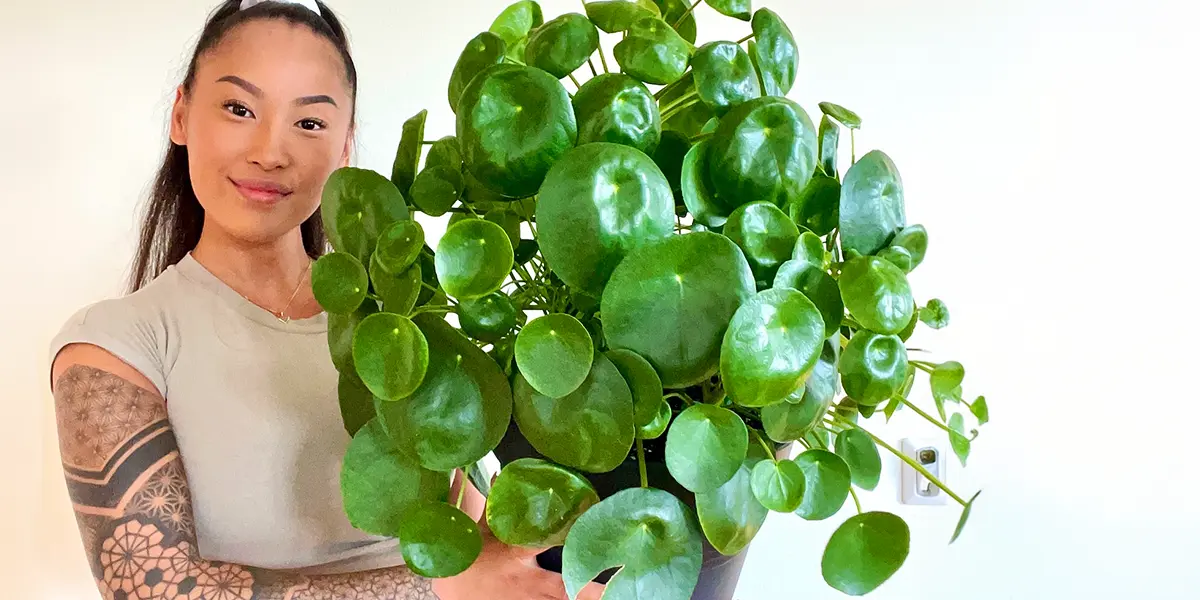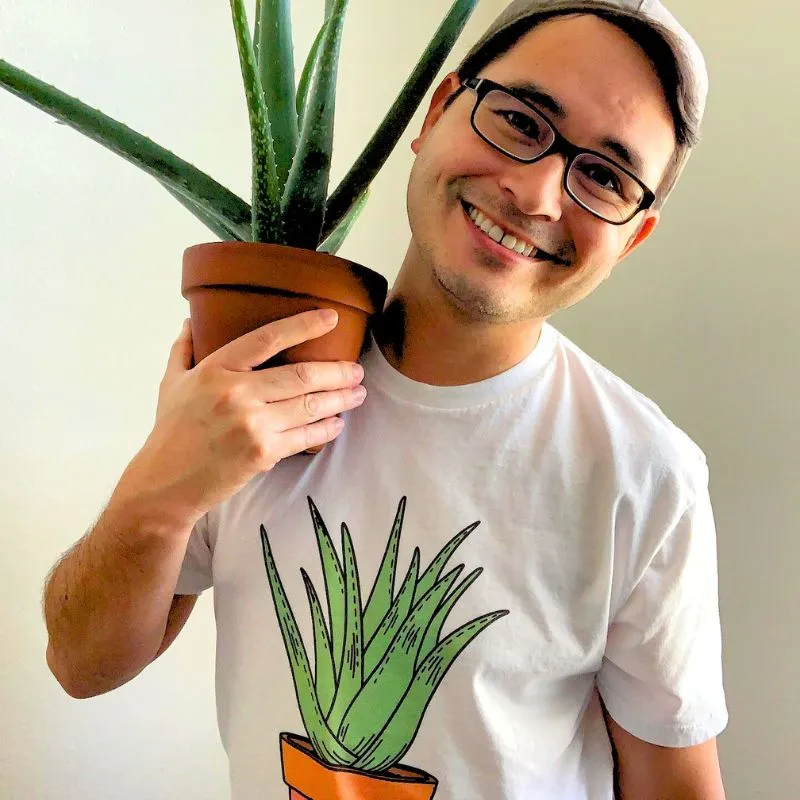Pachira aquatica, commonly known as the money tree, is a houseplant with many ideals. Like several other money plants, it has long been associated with wealth, good luck, and prosperity across different cultures and traditions. This plant's distinctive appearance, ease of care, and purported ability to attract wealth make it a popular household choice. The money tree plant is one of those perfect indoor foliage plants that give your home a tropical feel while keeping the air clean and free of toxins.
Often bearing artificially braided trunks and bright green, palm-looking leaves, Pachira aquatica looks both like a tree and a palm, which is one of the qualities that add to its unique tropical appeal. This money tree is, therefore, a houseplant you'd consider for its aesthetic and practical, and beneficial qualities. So here's all you need to know about this interesting tree, including its origin, unique qualities, and how to care for it.
The Money Tree's Origins in Central and South America
Pachira aquatica is native to regions ranging from Mexico to northern South America. The money tree plant is, just the same way, very popular in Taiwan and other East Asian countries, and elsewhere across the world, where it is known by many common names, including water chestnut, Guiyana chestnut, and Malabar chestnut.
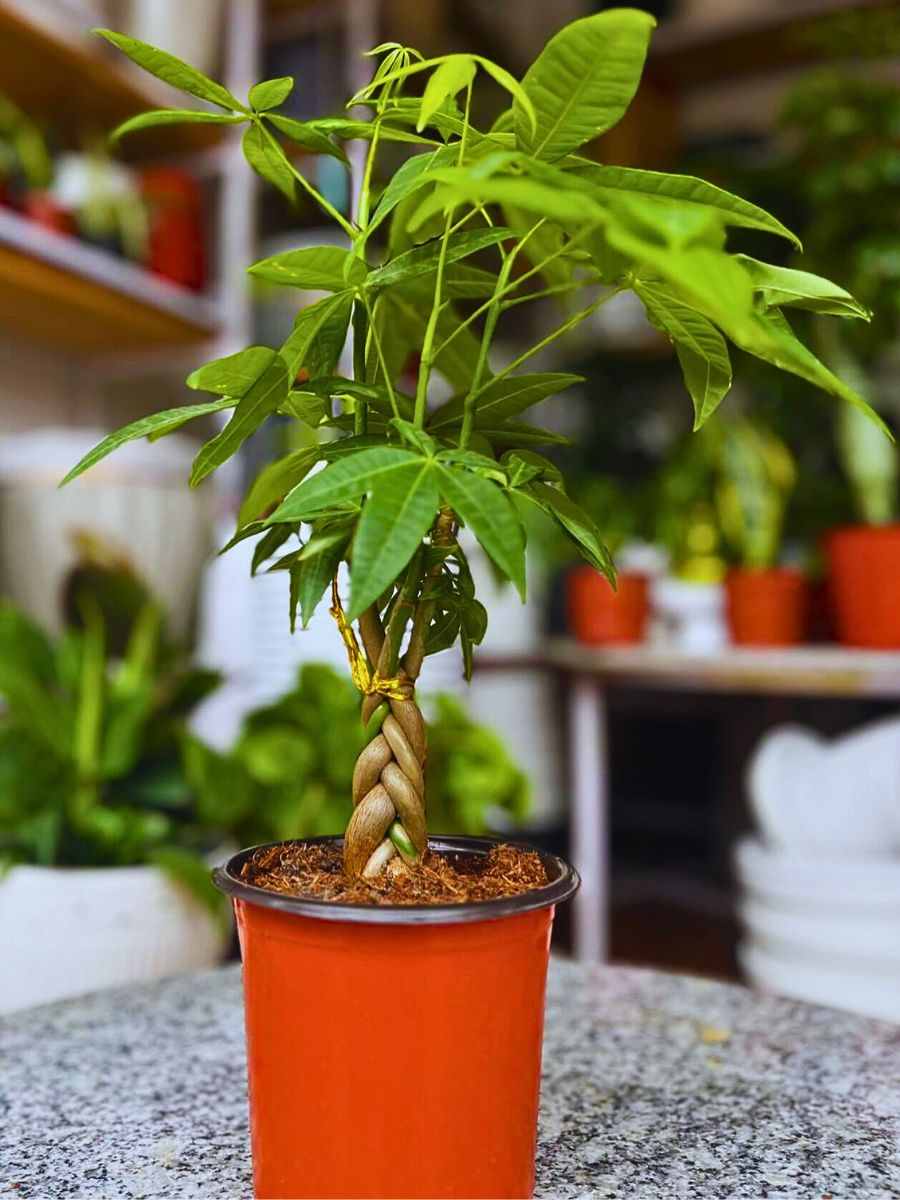
The common name of this tree is derived from an old tale in which a poor farmer acquired wealth by discovering this tree and selling its seeds. The poor many prayed for money on the banks of a tropical swamp but found a strange-looking plant instead and decided to take it home as an omen. He was then struck with the idea to sell its seeds, and the rest is history. To this day, especially under feng shui teachings, the money tree is believed to bring good luck and positive energy to those who plant it in their home or office, making it the perfect housewarming gift or a congratulatory present for a new job.
In addition, it is often commercially sold as a houseplant or bonsai under the name money tree or money tree plant, or sometimes, as 'money plant' (though the latter represents an entirely different plant species). And just so you know, the term 'Pachira' is the plant's vernacular name used in Guyana, and the specific aquatic epithet comes from aqua (water), which is the tree's growth environment in or near water. Money trees typically have a distinctive, long, thin trunk of intertwined stems braided together. This is done when grown in a nursery.

Cultivators slowly braid the supple, young, green trunks before they turn hard and woody as the tree grows. Each branch sports five big, bright green leaves. In the wild, Pachira aquatica barely resembles its houseplant relation and grows into giant trees with fabulous flowers and no braided trunks.
The Money Tree's 'Good Fortune Plant' Nuances
Several tales tell of the money tree's cultivation and association with wealth and prosperity. One story is about a Taiwanese truck driver who first cultivated five small trees in a single pot, braiding their trunks into a single plant. This became popular, and the ornamentals took off in Japan and much of East Asia. This plant, together with other money tree plants, soon became symbolically associated with good financial fortune and is typically seen in businesses, sometimes with red ribbons or other ornamentation attached.

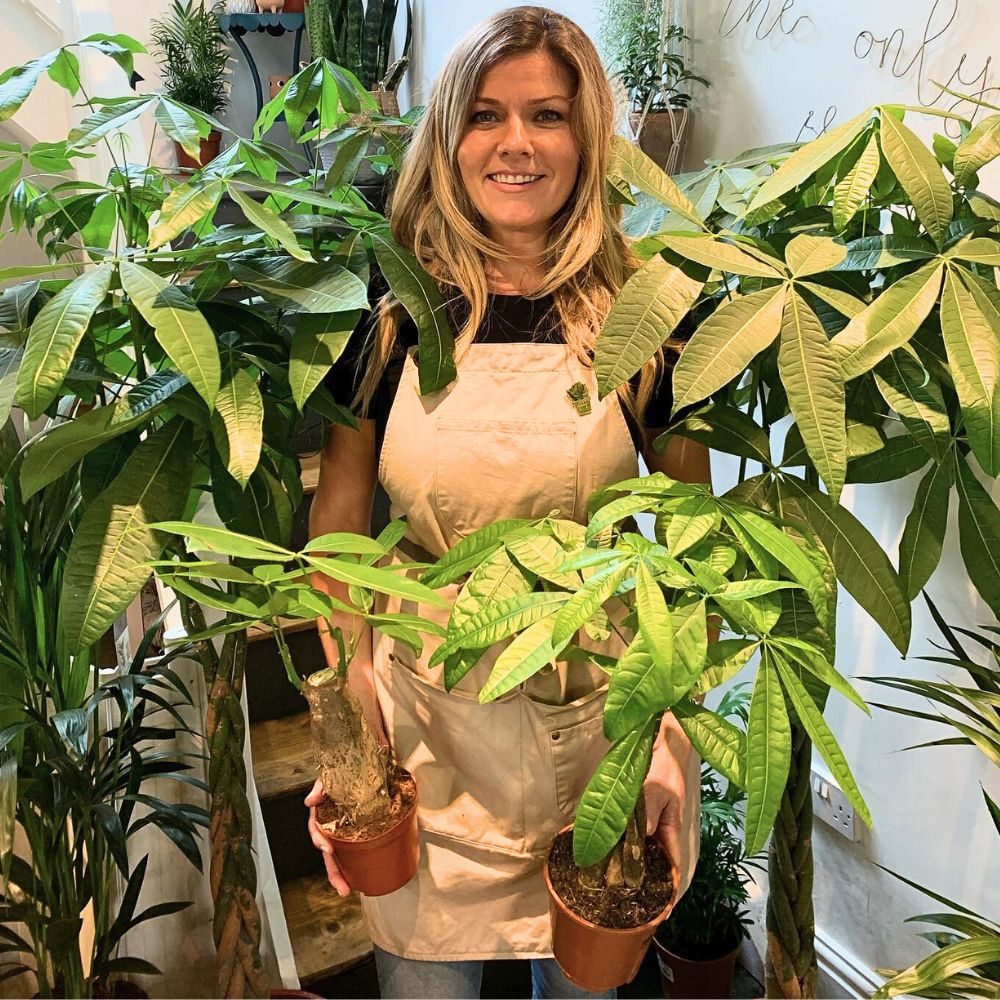
The Perfect Qualities of Money Trees
The Pachira aquatica is characterized by its distinctive braided trunk, often formed by intertwining several individual stems. This unique feature contributes to its symbolic association with prosperity and good luck, as the intertwined branches represent unity and growth. The plant's leaves are large, palmate, and glossy, adding to its aesthetic appeal. They are typically a deep green color, but some varieties may exhibit variegation with shades of yellow and white.
Other than its striking appearance, this houseplant is also a source of edible nuts. The seeds of the plant are encased in a hard, woody shell and are known as Malabar chestnuts, a popular snack in some parts of the world, often roasted or boiled before consumption. They have a slightly sweet and nutty flavor. Phytoremediation is another favorable quality of money tree plants, where they have been scientifically known to remove the harmful and cancer-causing Volatile Organic Compounds (VOCs) from indoor spaces. These VOCs often find their way into homes through biofuel and biomass combustion, from solvents like paints, inks, and other aerosol products.
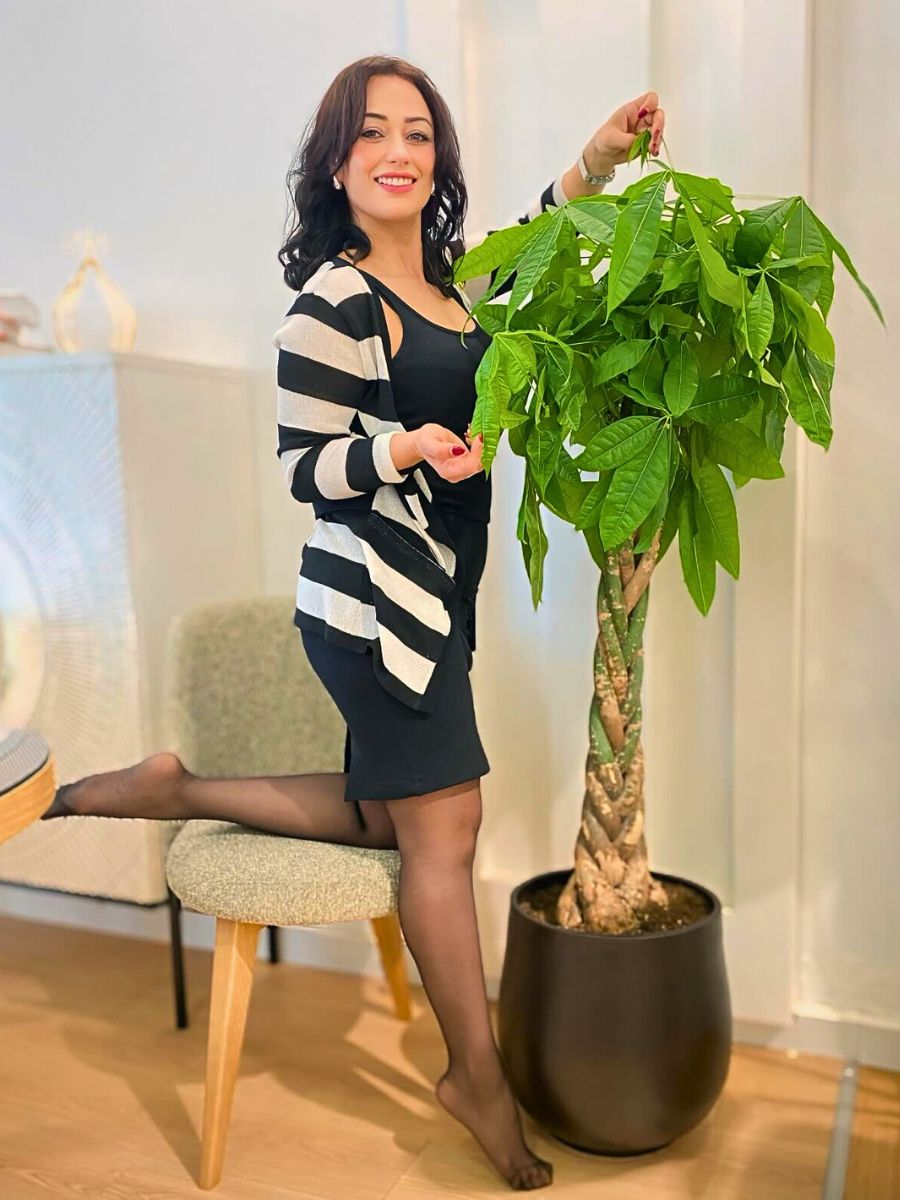
This hardy plant is also both pet-friendly and easy to care for, making it a popular choice for indoor plant enthusiasts. It thrives in bright, indirect sunlight and prefers well-draining soil. The plant should be watered regularly, allowing the soil line to dry out slightly between waterings. In the principles of Feng Shui and Vastu Shastra, Pachira aquatica is one of those plants that bring good luck and fortune.
This plant is also considered a symbol of wealth and prosperity. It is believed that placing the plant in the southeast corner of a home or office can attract financial abundance. This notion is exemplified by the plant's braided trunk, seen as a representation of the five elements of feng shui—wood, fire, earth, metal, and water.

Where (and How) to Grow Money Trees
This evergreen tree (large shrub) will grow up to 18 meters high in its natural habitat, but usually grows a little smaller, typically between 1.8 to 2.4 meters indoors. The money tree likes light but no direct sunlight. It is best to place it on the north or east side of your house or office, rather than on the south side. A great indicator of its sun needs is the leaves; if the leaves turn yellow, your money tree gets too much light. When this is the case, place it about a meter farther away from the window. If the leaves grow too fast (stretching), your money tree doesn't get enough light, and should be moved a little closer to the window.
Variegated Money Tree Varieties
Just like the ever-so-popular Monstera deliciosa Albo Variegata, money trees can be variegated as well. Caused by a genetic mutation, in this type of variegation, plants show two different chromosomal make-ups in a single plant, where some tissue can produce chlorophyll and others cannot. The result is a plant with white or yellow zones intermixed with the solid green form.
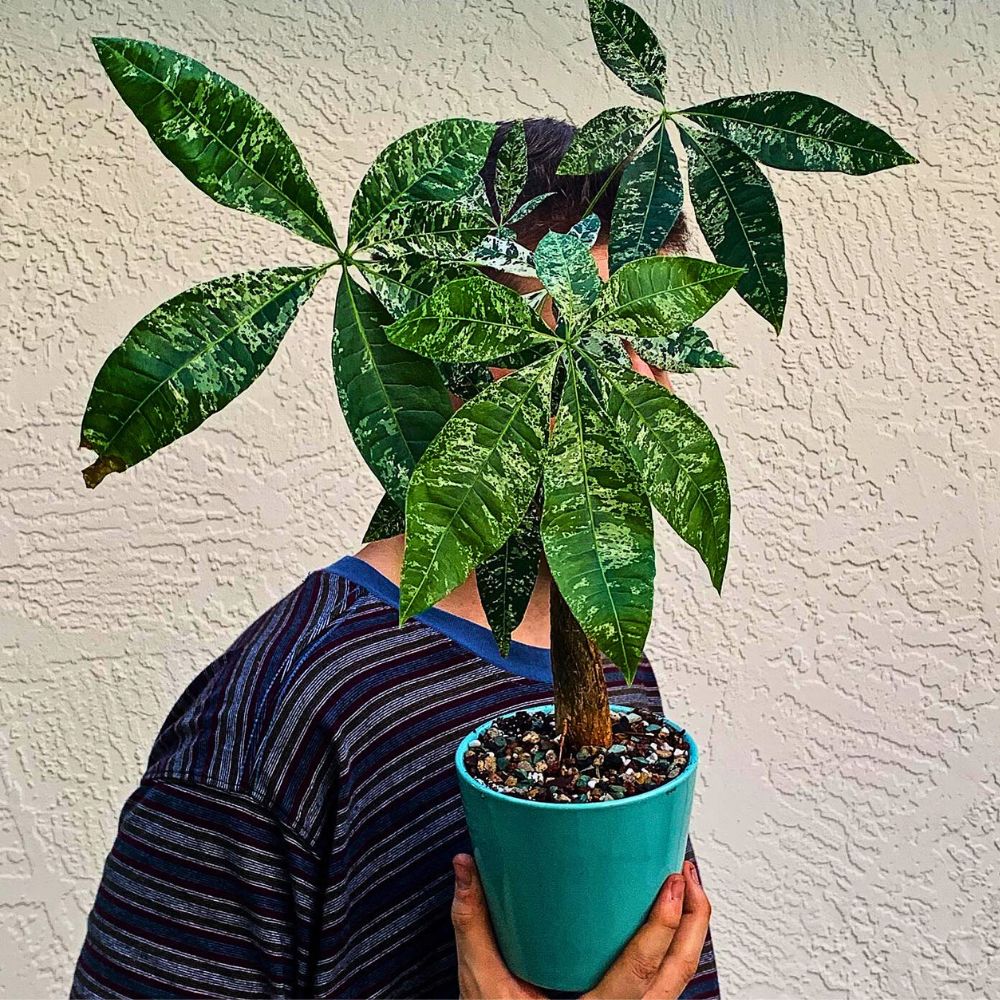
How to Care for Money Tree Plants
To ensure your money tree thrives, here are essential care tips plus some practical and essential guidelines on how to successfully grow and care for this air-purifying gem. They note that this plant prefers a location with indirect light; it does not need frequent care, but regular watering is essential, alongside some plant food every few weeks in summer; all of which make it more beautiful and healthier. So here is a breakdown of how to care for this money tree.
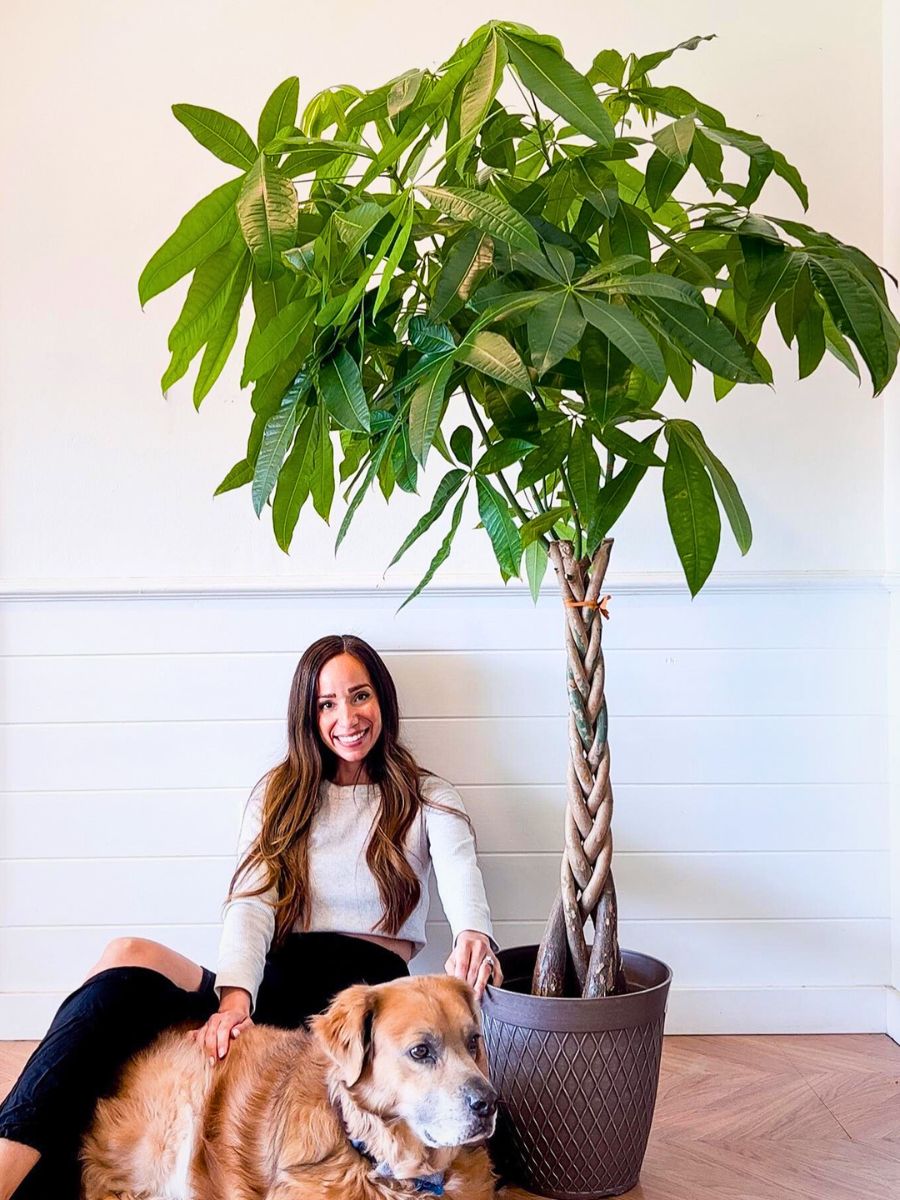
Money Tree Lighting Requirements
As noted, Money trees prefer bright, indirect light, making them ideal for placement near an east, west, or south-facing window. Direct sun can scorch their leaves, especially during the hottest months. In their natural habitat, money trees grow under the canopy of taller trees, protected from direct sunlight. Therefore, the small varieties grown indoors are juvenile plants that thrive in similar conditions. It is important to rotate your money tree periodically to ensure even growth and to prevent it from leaning towards the light source.

Insufficient light can lead to leggy stem growth and smaller leaves, while too much direct light can cause leaf burn. If you notice the leaves turning yellow or browning at the edges, it may be a sign of excessive sunlight. Adjust the placement to provide some partial shade or filtered light. During the winter months, when natural light levels drop, you might consider using grow lights to supplement the plant's light needs.
Money Tree Care When It Comes to Soil and Watering Needs
Money trees thrive in well-draining soil that allows excess water to flow freely out of the pot's drainage hole. A mixture of peat moss, perlite, and standard potting soil creates an ideal environment for the money tree's roots. Water your money tree thoroughly until water runs out of the drainage hole at the bottom of the pot every one to two weeks, allowing the soil to dry out slightly between waterings. Overwatering can lead to root rot, while underwatering can cause the leaves to droop and eventually fall off. The best way to check if a money tree needs water is to poke your finger into the soil; if it still feels wet, wait a few more days before watering again.
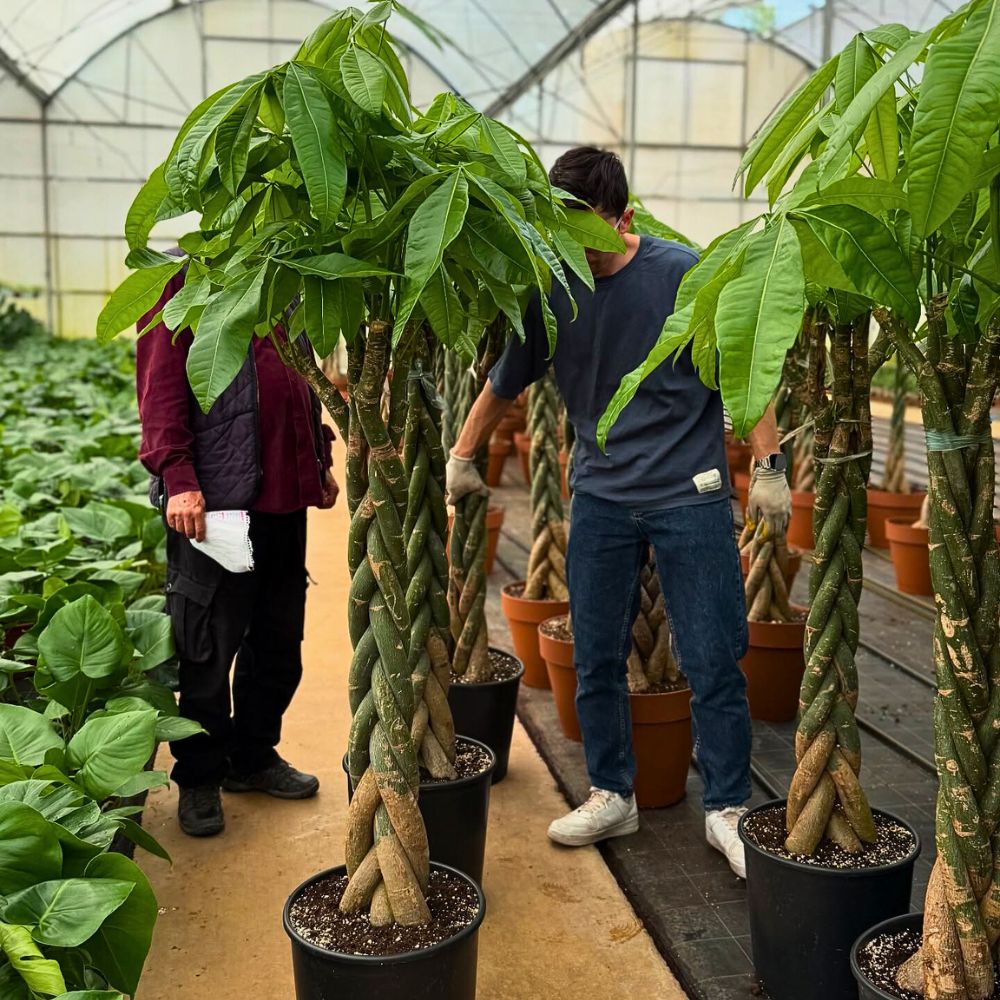

During the growing period in the spring and summer, your money tree may require more frequent watering, while in the fall and winter months, you can reduce the frequency. Always use room-temperature water to avoid shocking the plant. If the leaves turn yellow and the stems become soft, it's a sign of overwatering. Conversely, if the leaves curl and the soil is dry, your money tree needs more water. Regularly checking the soil moisture and adjusting your watering schedule will help keep your money tree healthy and thriving.
Pachira Aquatica’s Temperature and Humidity Needs
Being a tropical plant, the Pachira aquatica plant flourishes in warm environments between 18 to 30 degrees Celsius (65 and 85 degrees Fahrenheit). To maintain the ideal humidity level of around 50%, consider using a humidifier or grouping other plants near your money tree plant. This mutual transpiration creates a beneficial microenvironment. Avoid cold drafts to prevent stress on the plant. Money trees are sensitive to sudden temperature changes and cold drafts, which can cause leaf drop and hinder growth.
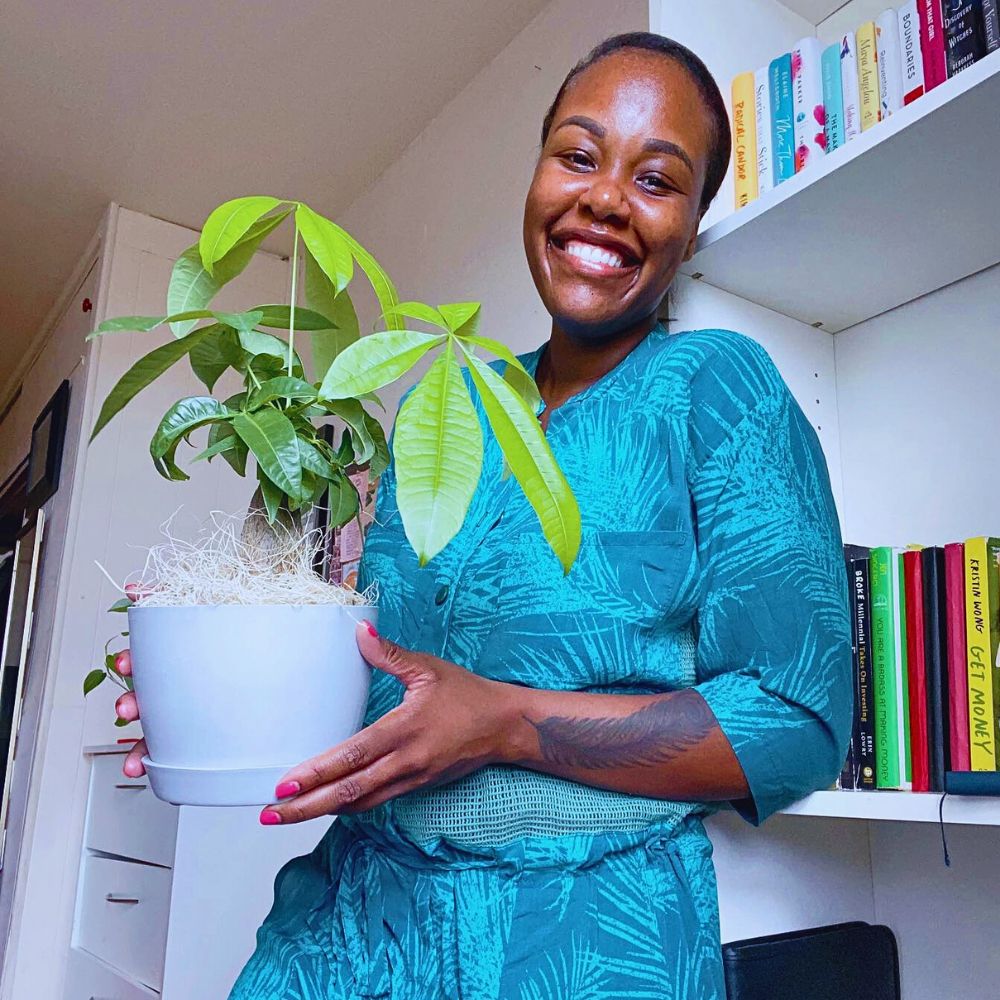
During the winter months, keep your money tree away from drafty windows and doors. If the air in your home is particularly dry, especially during the heating season, increasing humidity around the plant is essential. You can mist the leaves regularly, place a water-filled tray with pebbles under the pot, or use a room humidifier. Maintaining a stable temperature and humidity level will ensure your money tree continues to produce healthy, vibrant green leaves and remains free from stress-related issues.
Pruning and Propagating Your Money Trees
Regular pruning helps keep your money tree healthy and encourages new growth. Prune problematic parts to maintain a thriving plant. The best time to propagate is during the spring or summer months. Cut a healthy segment of at least 4 inches, remove the lower leaves, and place the cutting in water until it sprouts roots. Once rooted, you can pot it in regular potting soil. Pruning is essential to remove dead or damaged leaves, which can otherwise attract pests or diseases.
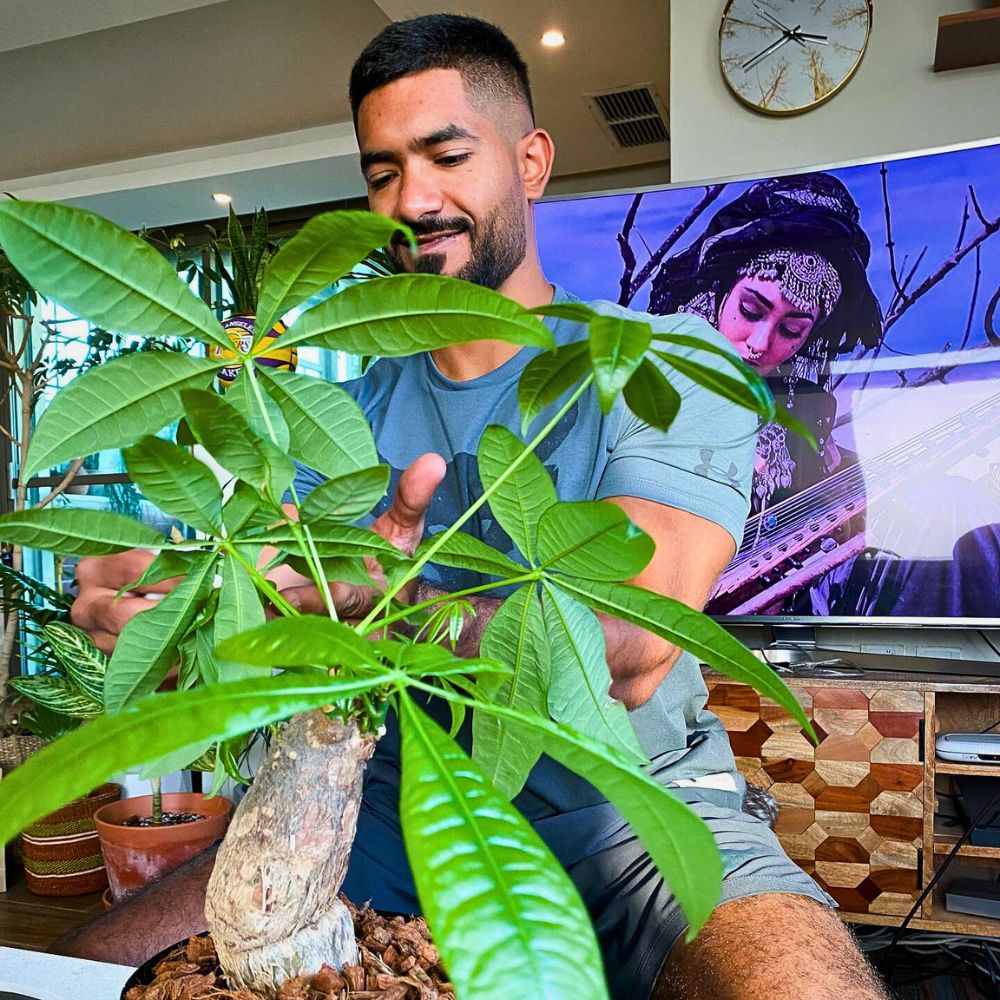
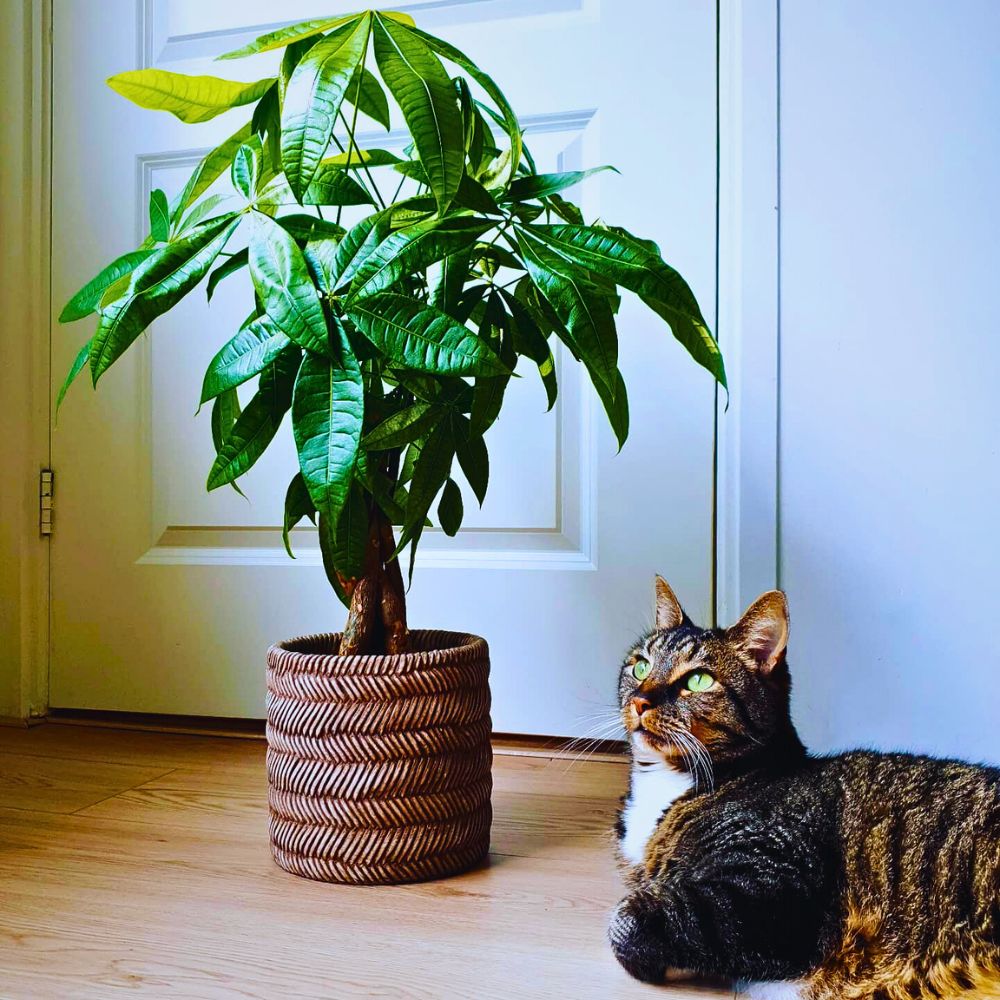
Additionally, pruning helps control the size and shape of your money tree, especially if you prefer a more compact plant. When pruning, use clean, sharp scissors or pruning shears to make precise cuts. Remove any yellow or brown leaves at the base and trim back leggy growth to encourage bushier, more robust new growth. Propagating money trees can be a rewarding way to expand your collection or share the plant with friends.
After placing the cutting in water, change the water every two weeks to prevent stagnation and promote healthy root development. Once the roots are about an inch long, transfer the cutting to a pot with well-draining soil. Keep the soil moist but not waterlogged and place the pot in a location with bright, indirect light. With proper care, the new money tree plant will establish itself and begin to grow.
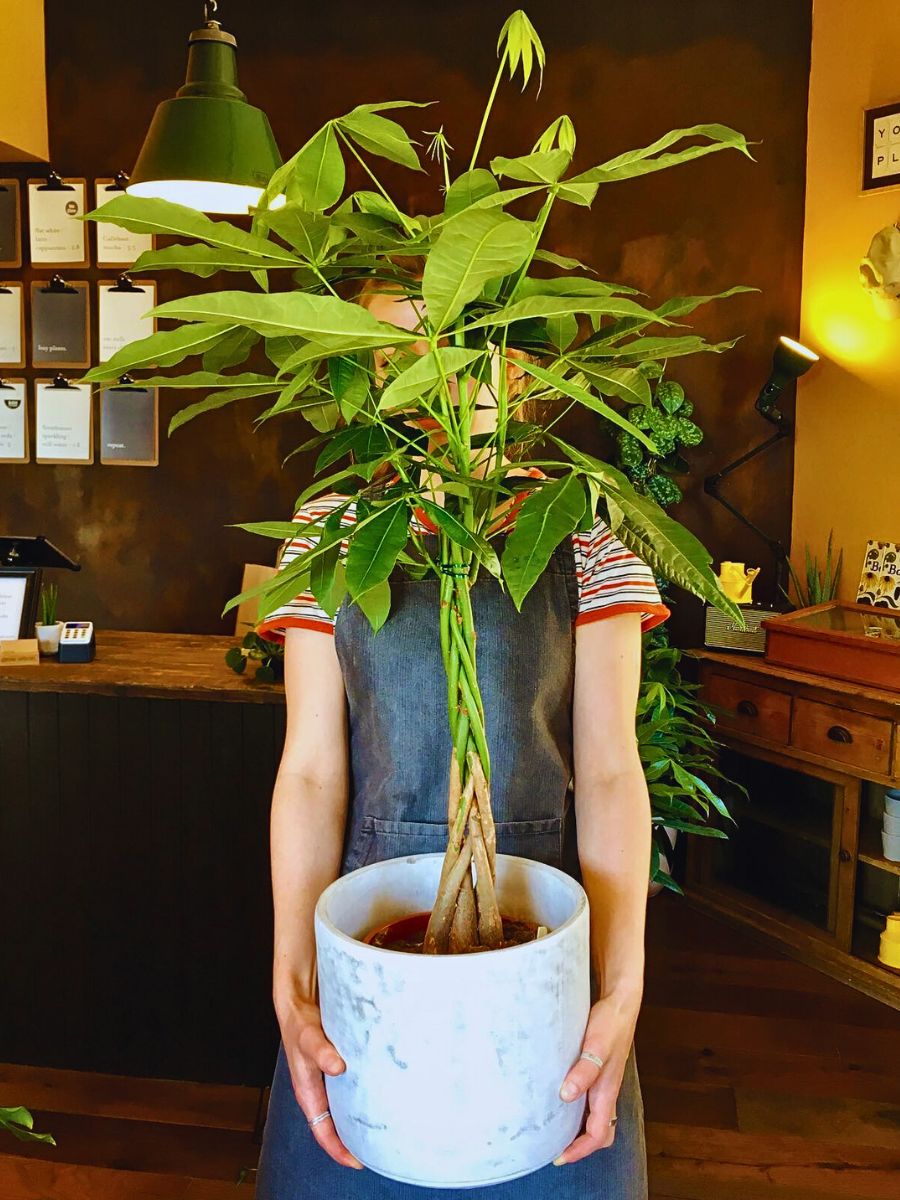
Dealing With Challenges and Complications Affecting Pachira Aquatica
One of the most common issues with money trees is that they are susceptible to pests like aphids and scale insects. These can cause significant damage to the plant. Applying neem oil can help manage these pests. Yellowing or browning leaves typically indicate overwatering or underwatering of the plant. Soft stems suggest overwatering, while leggy branches and a lack of new leaves indicate insufficient light. Another common problem with money tree plants is fungal infections and root rots. These are generally an outcome of poor drainage or excessive moisture.
Other common problems with money trees also include fungal infections and root rot, often resulting from poor drainage or excessive moisture. To address these, ensure your pot has a drainage hole and use well-draining soil to prevent water from sitting around the roots. If you notice scale insects, look for small, brown, shell-like bumps on the stems and leaves. These pests can be removed by gently scraping them off with a cotton swab dipped in rubbing alcohol.

Regularly inspecting your money tree for signs of pests or disease will help you catch and address issues early, preventing severe damage. Additionally, avoid placing your money tree near air vents or drafty windows, as sudden changes in temperature and airflow can stress the plant and make it more susceptible to problems. Providing these care tips and promptly addressing any issues means you can ensure your money tree remains healthy and thriving.
Feature image by @the.plant.gal. Header image by @kendy.lemur.


